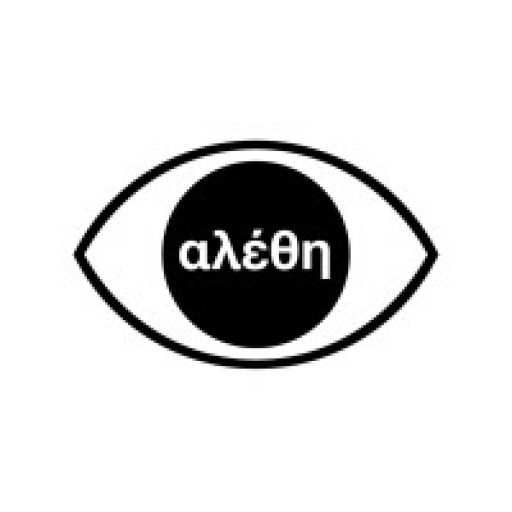Human–dog interactions are a great way to demonstrate what I call the behaviour of language: that is, a fundamental difference between human and nonhuman communication and, consequently, between human and nonhuman cognition.
Imagine a situation in which your dog is barking and whining at you (signalling) because it wants an item of food that only you can reach. According to this study, the dog’s communicative behaviour is intentional and referential, since the animal tries to get your attention, its gaze alternates between you and the food, and it persists when it does not achieve its goal, for example.

Now, imagine that you swap roles with the dog. For instance, you are in a cage and you are very hungry. Like the dog, you would find yourself producing signals, such as a pointing gesture and the sentence ‘Hey, bring me that food over there!’ Your behaviour can also be said to be intentional and referential—even if a little embarrassing—because it includes attention-getting, gaze alternation, elaboration and all the other criteria used in the same study. However, unless the dog is specifically trained, you will probably not get the food and be quite frustrated.
This frustration reveals that human-style communication has to do with a kind of control over the receiver that animals normally do not have. Indeed, you or the dog would be equally frustrated in requesting food from a wild animal. This means that your signals — all of your points, gestures and sounds addressed at the dog — are fundamentally different from the dog’s signals: the dog’s signals are only a means to the food, whereas your signals are aimed at obtaining a response from the dog. You’re aiming at the response itself.
Prescription
The dog’s signals are aimed at you because it wants you to fetch the food. However, the dog does not aim at you as a receiver of any ‘fetch’ signal — this is what you do when you train the dog. The dog merely tries to get you to react to the situation. Saying that the dog gets you to respond — instead of react — would confuse one type of signal with the other.
The dog’s signalling is descriptive because it refers to a state of reality, e.g. ‘I am here’, ‘there is food over there’, ‘I want it’. The dog’s behaviour reflects a certain intention, but its signals come after the intention — they are only a means to an end.
By contrast, your signalling is prescriptive because your signals come before the associated intention of obtaining food. (The word ‘prescribe’ comes from the Latin prae-scribere meaning ‘write before’.) Unlike the dog, you try to establish a signal–response relationship whereby a certain expression or gesture will make the dog get something for you. The dog cannot do the same with you.
In light of this analysis, it may be clear why I call prescriptive signalling the behaviour of language. The reason why you can communicate with a human and, to some extent, with a dog is that these receivers stick around in the first place. They do not go away or ignore signals like wild animals do. Dogs are attuned to us after thousands of years of prescriptive interactions. They ‘know’ that they will be rewarded for paying attention to your signals and figuring out what you want them to do. As I argued in my original paper Prescription: A biological definition of language, this explains why your intentionality and referentiality are different from the dog’s, and why complex expressions such as ‘Hey, bring me that food over there!’ evolved only in humans.
Cognition and language
Most scientists and philosophers see it the other way: the dog’s intentionality and referentiality are essentially the same as yours; that is, its signals are meaningful, like a language. This anthropomorphism motivates them to study the nonhuman ability to share ‘meaning’ or ‘information’. To quote the same study, the authors are interested in whether the ‘dog’s behaviors are based on simple mechanisms or on a theory of mind about their owners’.
This assumption is mythic in its appeal. If researchers could establish that the dog ascribes mental states to a human (theory of mind), then this would fit nicely in the current neo-Darwininan picture of human origins. We could speak of human-like communication in apes, of symbols, memes and language precursors. We could picture our ancestors as evolving human-like cooperation and understanding spoken instructions, rather than seeing this as resulting from domestication, which is perhaps unsettling. Natural selection, rather than artificial selection and training, would have shaped the dog’s ability to connect its mind with our own, to share mental representations of food and play.
This means, however, that any animal could potentially begin to communicate like we do, provided that the required socio-cognitive environment ‘evolved’. Imagine, a wolf who began to bark about food for the mere sake of informing others, or about food not immediately present. Imagine this ‘food’ does not even exist, but the wolf insists that others respond. Imagine that the wolf begins to combine these calls to refer to an indefinite number of foods he would like to taste, and so on. That would be human.
Of course, we have already conceived talking wolves in myth and storytelling. Yet, these and other exclusive features of language appear to exist only in humans, who happen to be the only animals that prescribe. Only humans trained wolves to fetch and got frustrated when they did not behave as told. This involves an intention to use signals primarily to command action and, secondarily, to refer to an object. Hence, the referent does not need to be present. The referent ‘food’ is a concept that the signaller may or may not apply to a perceived object and that cannot be shared with species that do not prescribe, no matter how much their minds and emotions may connect with ours.
(More information about the cognitive aspects of prescription can be found in my original research paper.)
